Fatsia Japonica Flowers: A Guide To Growing And Enjoying These Beautiful Blooms
Title: Fatsia Japonica Flowers: A Guide to Growing and Enjoying These Beautiful Blooms
Introduction:
Fatsia japonica is a beautiful evergreen shrub that is native to Japan and Korea. It is known for its large, glossy leaves and its unusual white flowers. Fatsia japonica flowers typically bloom in late autumn or early winter, and they can add a touch of tropical elegance to any garden.
In this blog post, we will discuss the following topics:
- The history of Fatsia japonica flowers
- The different types of Fatsia japonica flowers
- How to grow Fatsia japonica flowers
- How to care for Fatsia japonica flowers
- How to propagate Fatsia japonica flowers
Main Content:
History of Fatsia japonica flowers
Fatsia japonica flowers have been cultivated in Japan for centuries. They were first introduced to Europe in the 18th century, and they quickly became popular as ornamental plants. Fatsia japonica flowers were first introduced to the United States in the 19th century, and they have been enjoyed by gardeners ever since.
Different types of Fatsia japonica flowers
There are several different types of Fatsia japonica flowers. The most common type is the white flowered variety. However, there are also varieties with pink, yellow, and even purple flowers.
How to grow Fatsia japonica flowers
Fatsia japonica flowers are relatively easy to grow. They prefer partial shade to full shade, and they need moist, well-drained soil. Fatsia japonica flowers are not very drought tolerant, so it is important to water them regularly during the summer months.
How to care for Fatsia japonica flowers
Fatsia japonica flowers are not very demanding plants. However, there are a few things you can do to keep them healthy and blooming.
- Fertilize your Fatsia japonica flowers once a month during the spring and summer months.
- Prune your Fatsia japonica flowers in the spring to remove any dead or diseased branches.
- Protect your Fatsia japonica flowers from frost in the winter.
How to propagate Fatsia japonica flowers
Fatsia japonica flowers can be propagated by seed or by stem cuttings.
- To propagate Fatsia japonica flowers from seed, sow the seeds in a well-drained potting mix in the spring.
- To propagate Fatsia japonica flowers from stem cuttings, take a 6-inch cutting from a healthy plant in the spring or summer.
Conclusion
Fatsia japonica flowers are a beautiful and easy-to-grow addition to any garden. With a little care, they will provide you with years of enjoyment.
Fatsia japonica flowers are a beautiful sight to behold. They are small, white, and borne in dense terminal compound umbels in late autumn or early winter. The flowers are followed by small black fruit in spring.
If you are interested in learning more about fatsia japonica flowers, I encourage you to visit Home Gardening. This website has a wealth of information about the plant, including its history, cultivation, and care.
FAQ of fatsia japonica flowers
Q: When do fatsia japonica flowers bloom?
A: Fatsia japonica flowers bloom in late summer or early fall. The flowers are small and white, and they are clustered together in umbels. They are not particularly showy, but they can add a touch of interest to the plant.
Q: Why don't my fatsia japonica flowers bloom?
A: There are a few reasons why your fatsia japonica flowers might not be blooming. One possibility is that the plant is not getting enough sunlight. Fatsia japonica needs at least 6 hours of sunlight per day in order to bloom. Another possibility is that the plant is not getting enough nutrients. Fatsia japonica needs a balanced fertilizer that is high in nitrogen and phosphorus. Finally, the plant might not be old enough to bloom. Fatsia japonica typically takes 3-5 years to start blooming.
Q: How can I encourage my fatsia japonica to bloom?
A: There are a few things you can do to encourage your fatsia japonica to bloom. First, make sure the plant is getting enough sunlight. If the plant is not getting enough sunlight, move it to a spot that gets at least 6 hours of sunlight per day. Second, fertilize the plant with a balanced fertilizer that is high in nitrogen and phosphorus. Third, make sure the plant is getting enough water. Fatsia japonica needs to be watered regularly, especially during the summer months. Finally, be patient. It can take 3-5 years for fatsia japonica to start blooming.
Q: How do I propagate fatsia japonica from cuttings?
A: To propagate fatsia japonica from cuttings, you will need a sharp knife or pair of secateurs. Take a semi-ripe stem cutting from the plant. The cutting should be about 4-6 inches long. Remove the leaves from the bottom half of the cutting. Dip the cutting in rooting hormone and plant it in a pot of moist potting soil. Keep the soil moist and the cutting in a warm, bright spot. The cutting should root in about 4-6 weeks.
Q: How do I get seeds from fatsia japonica?
A: To get seeds from fatsia japonica, you will need to wait until the berries on the plant are ripe. The berries will turn from green to red when they are ripe. Once the berries are ripe, you can harvest them and remove the seeds. The seeds need to be planted as soon as possible, as they will not last long. Sow the seeds on the surface of moist potting soil and keep the soil moist. The seeds should germinate in about 40 days.
Image of fatsia japonica flowers
- Fatsia japonica flower close-up
- Fatsia japonica flowers in a cluster

- Fatsia japonica flowers in full bloom
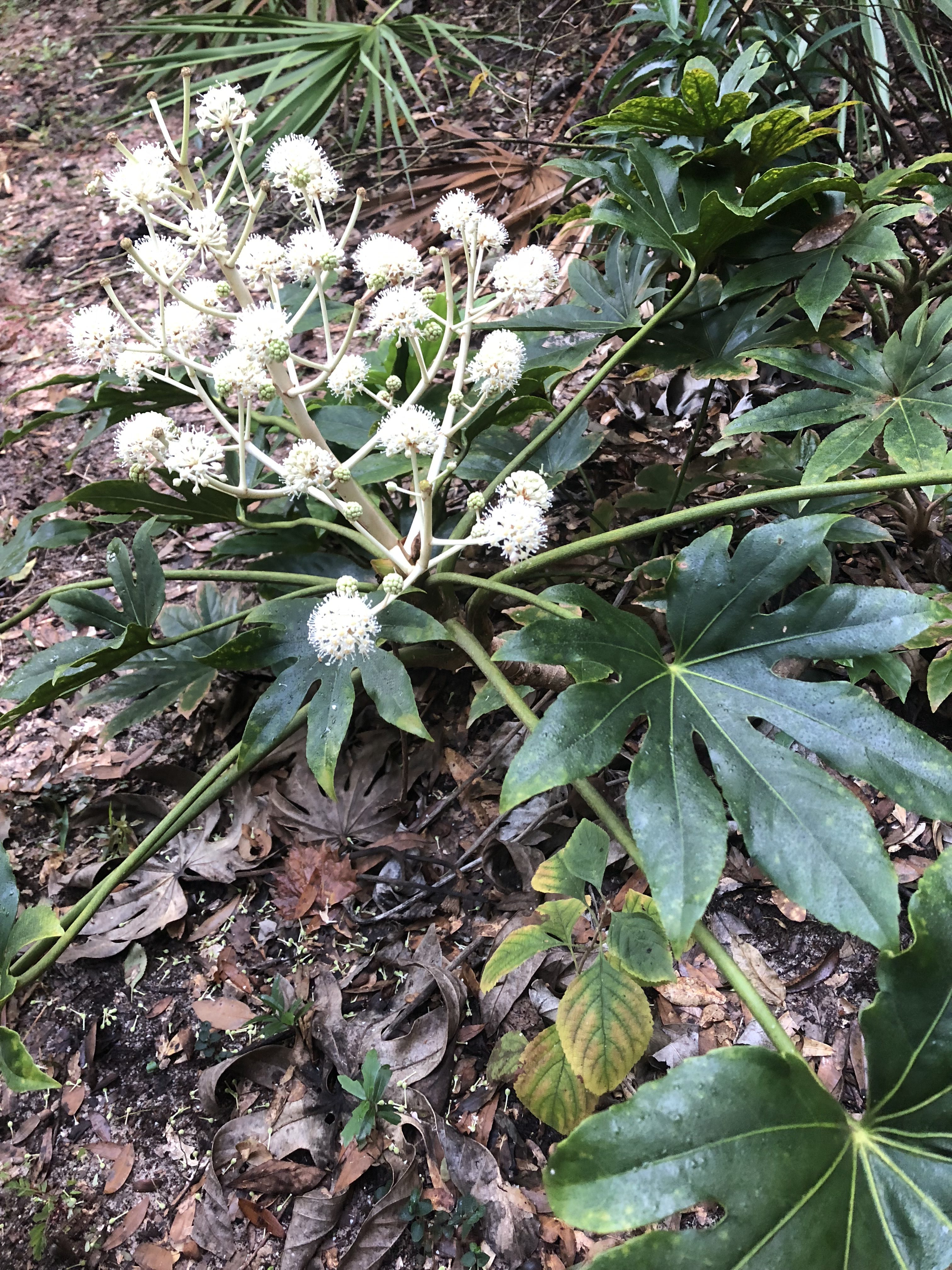
- Fatsia japonica flowers with green leaves
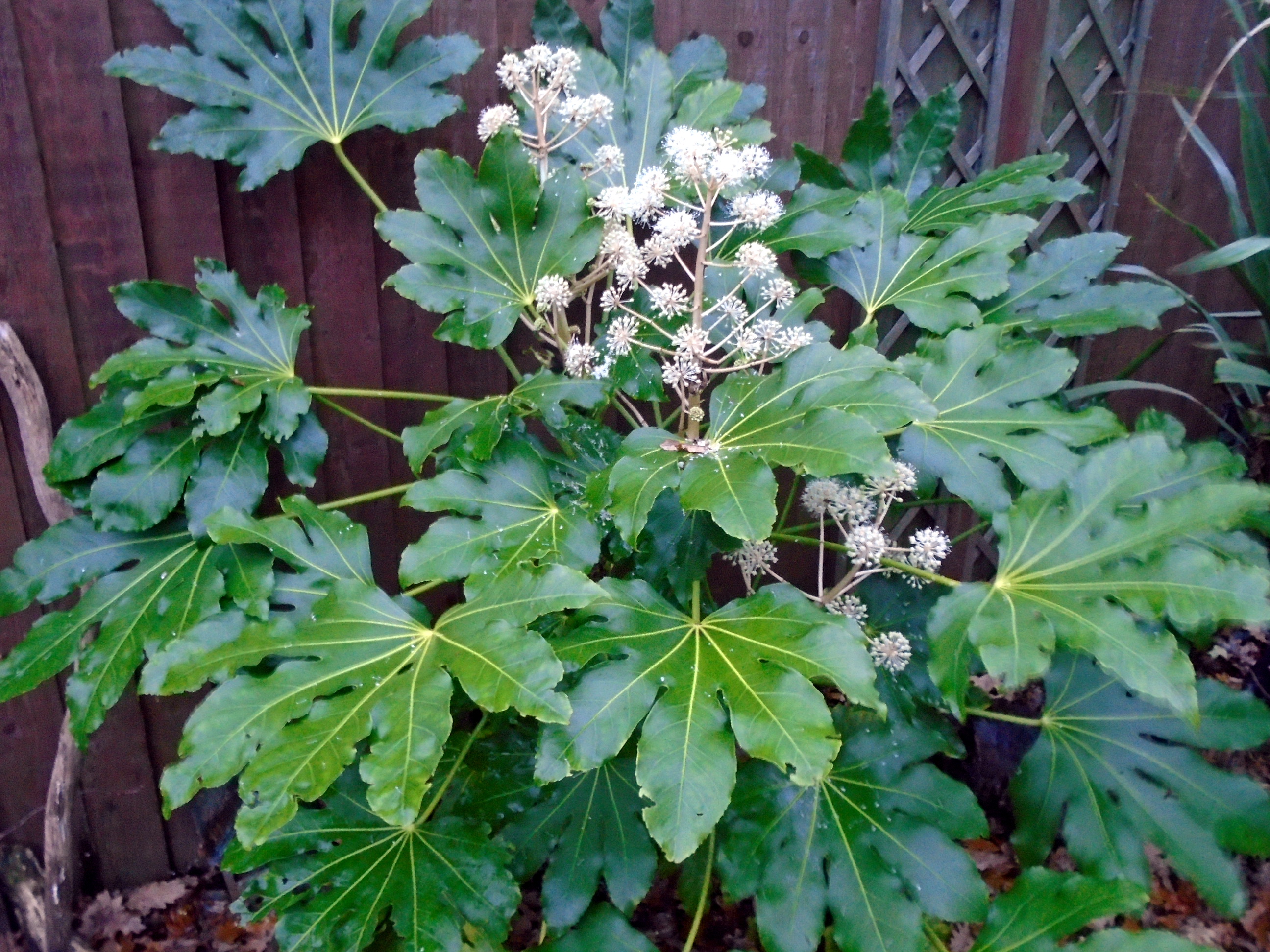
- Fatsia japonica flowers with red stems
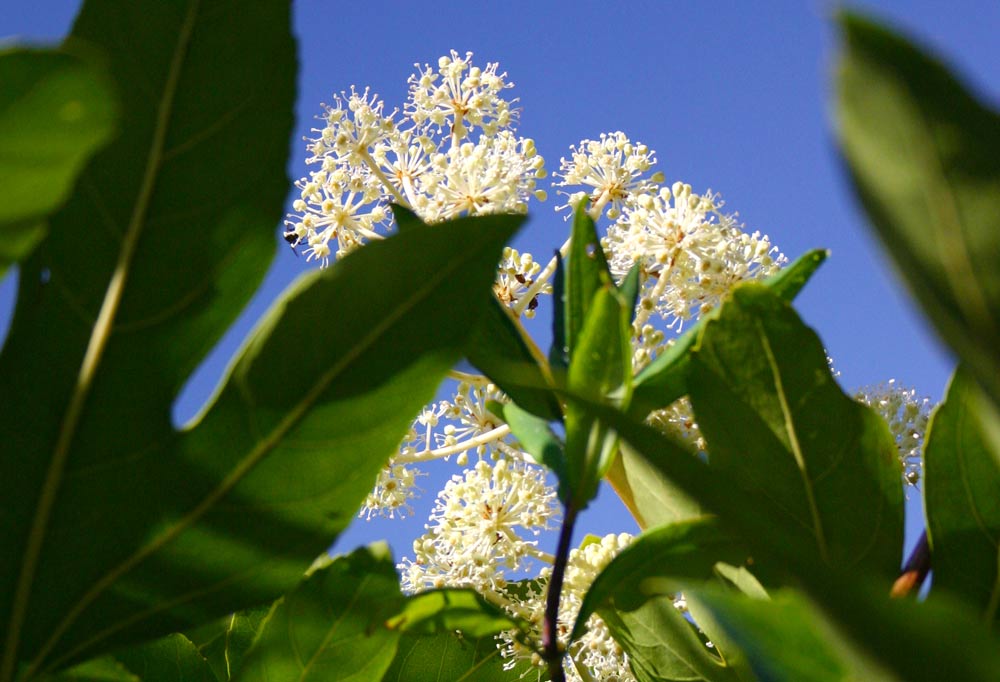
- Fatsia japonica flowers in autumn

- Fatsia japonica flowers in a garden

- Fatsia japonica flowers in a vase
- Fatsia japonica flowers in a terrarium
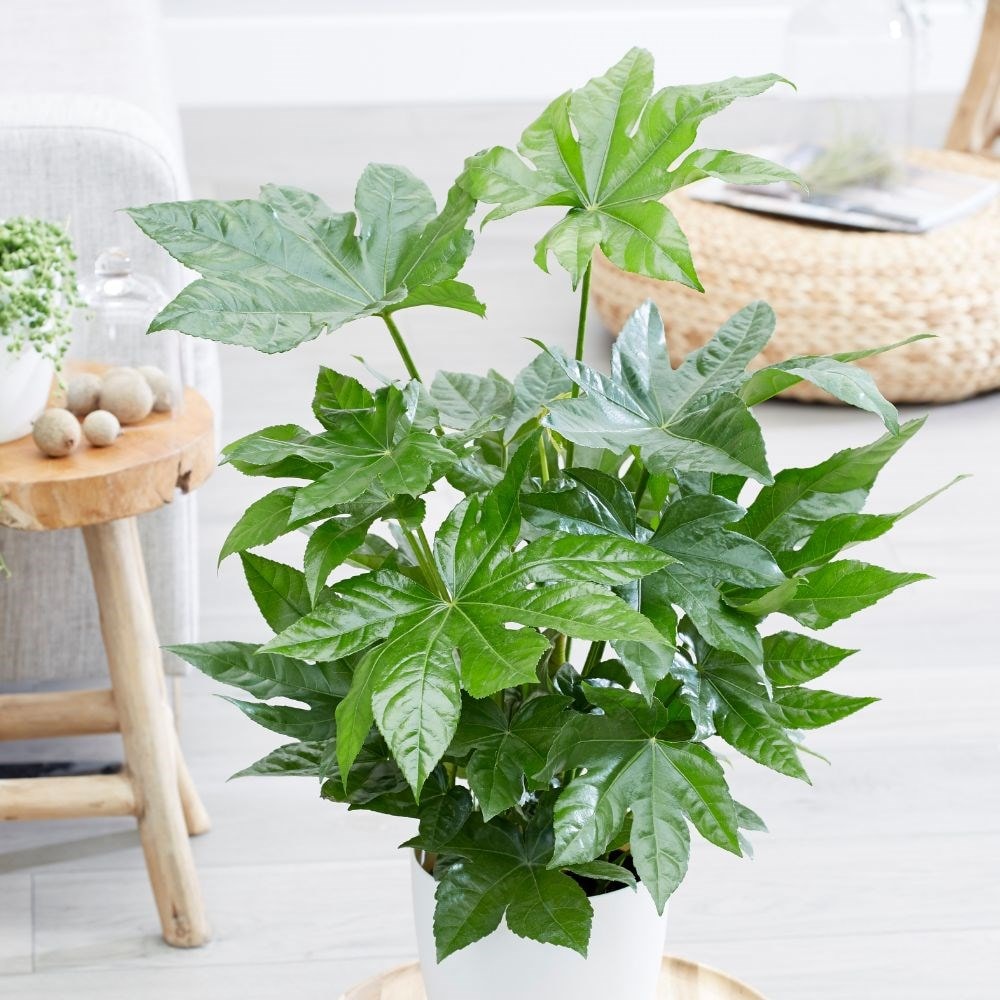
- Fatsia japonica flowers in a winter landscape

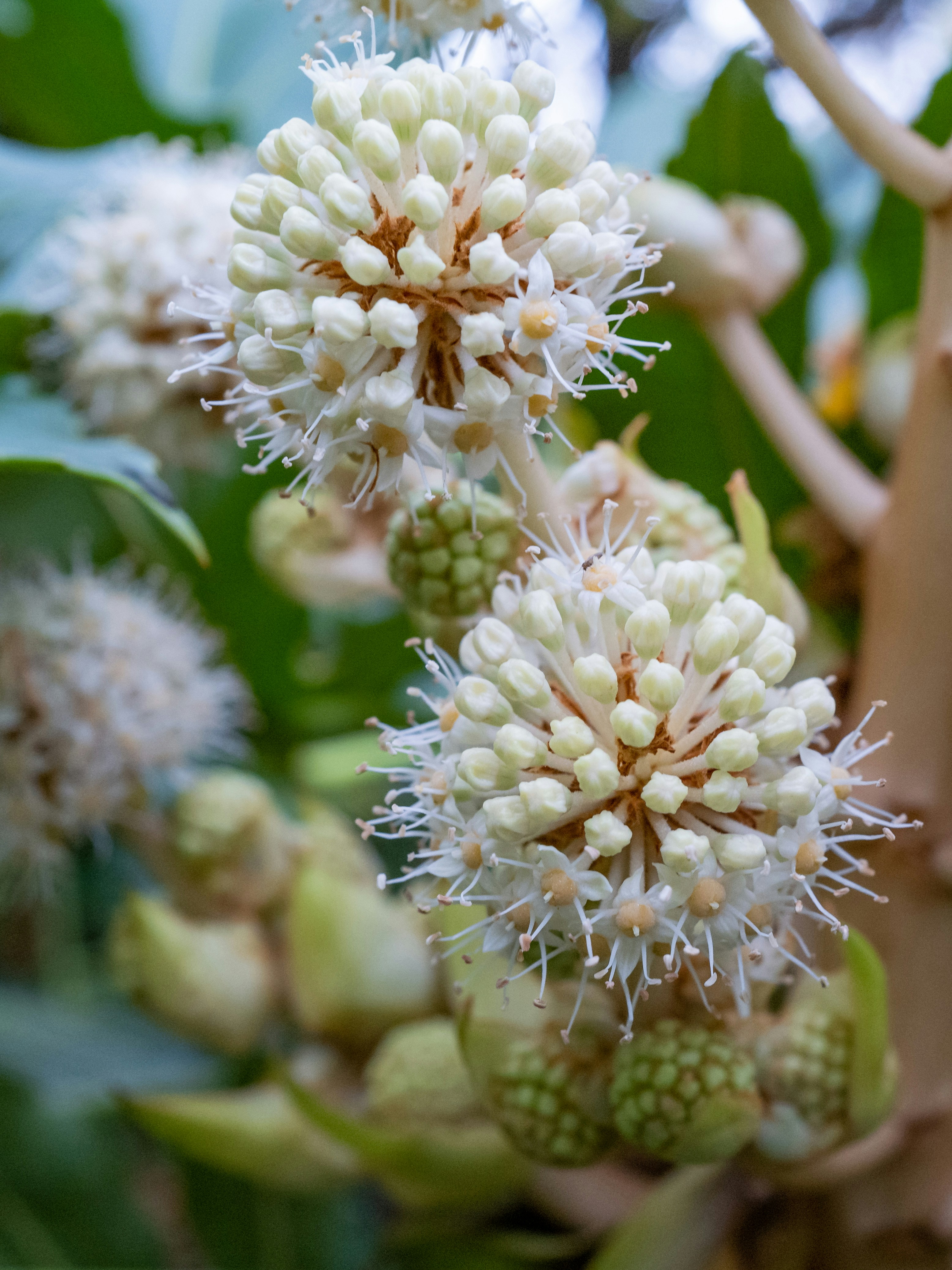

Post a Comment for "Fatsia Japonica Flowers: A Guide To Growing And Enjoying These Beautiful Blooms"